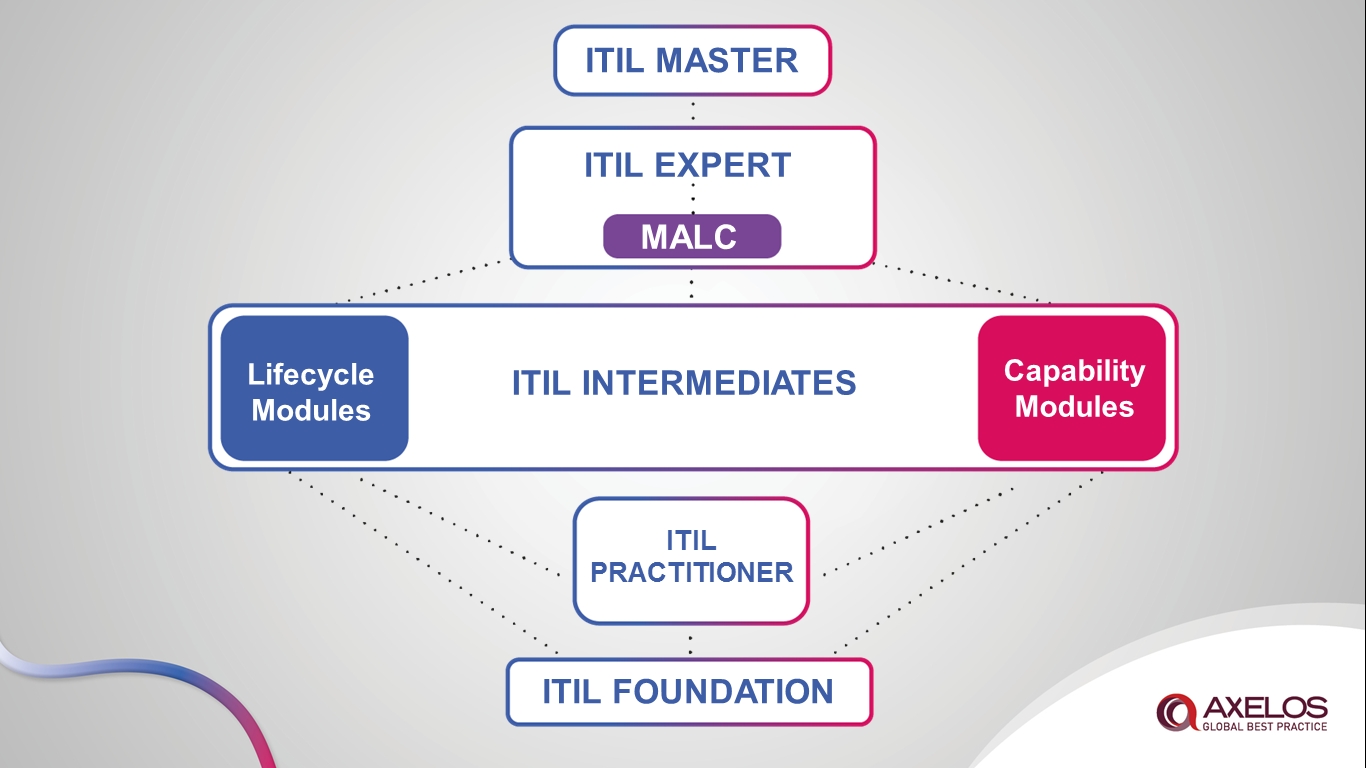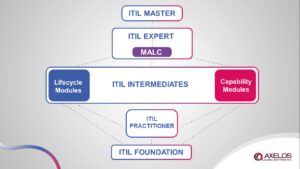ITIL Practitioner: Preview of forthcoming attractions, geekery and pink elephants!
Post written by Vawns Murphy, The ITSM Review

ITIL Practitioner: Preview of forthcoming attractions, geekery and pink elephants!
As most of our regular readers will know I’ll jump on any opportunity to get my ITIL geek on so when I heard about the new ITIL Practitioner qualification, I was all ears. For those of you new to the ITIL qualification scheme, or if you’re simply old school like me (I was a V2 Manager / red badge) here are the basics.
ITIL Qualification Scheme Explained

There are five levels:
- Foundation
- Practitioner
- Intermediate
- Expert
- Master
The foundation exam is your basic guide to ITIL and Service Management. It’s a three day course with an exam at the end which will give you the basics in ITIL. The foundation is a prerequisite for any other ITIL qualification and is worth 2 credits.
The practitioner qualification is new and aims to bridge the gap between the foundation and intermediate qualifications. As a former consultant and trainer, one of the things that stood out when we moved to version 3 in 2007 was the jump from foundation to intermediate levels. When you’re only got 3 days to explain 20+ processes and 4 functions at foundation level; jumping straight into the intermediate levels came as a shock to the system for some delegates. ITIL practitioner aims to build on the knowledge gained at foundation level and add in practical guidance on CSI, organisational change management, communication and measurement & metrics; giving delegates a more rounded experience as they continue through the qualification scheme. The practitioner qualification is worth 3 credits.
The intermediate levels are the next stage in the certification scheme and can either be life cycle based (Strategy, Design, Transition, Operation and CSI) or capability based (Operational Support & Analysis, Planning, Protection & Optimisation, Release, Control & Validation and Service Offerings & Agreement). The lifecycle intermediate exams are worth 3 credits and the capability exams are worth 4 credits. The Managing Across Lifecycle (MALC) module sits between the Intermediate and Expert levels and is the final required qualification gaining Expert status. It is intended to help you apply and integrate your knowledge of ITIL in real-world settings and in your own workplace. MALC is worth 5 credits.
The expert level aka the purple badge, is awarded automatically when you reach 22 credits made up of the foundation and MALC qualifications and then any combination of the intermediate and practitioner qualifications.
The master level is the final stage in the ITIL certification scheme and validates the candidate’s ability to apply the principles, methods and techniques from ITIL in the workplace.

Focusing On: ITIL Practitioner
So back to the practitioner qualification – why do I think it’s so important? As someone that’s worked in ITSM forever, one of the main reservations I had about the ITIL v3 qualification scheme was that it was too focused on the perfect exam answer (and a multiple choice exam answer at that) rather than what works in real life. One of the fundamental principles of ITIL is that it’s a framework. It’s not prescriptive and you can flex the approach to suit your organisation and your people. When the version 3 certification was launched, one of my concerns was that the intermediate courses simply didn’t give delegates enough real life practical experience (even with MALC) when you compared them to the version 2 manager course. To me, the inclusion of the new practitioner level will change that, as it will give delegates an extra level of understanding of IT Service Management as well as building on their foundation knowledge with the nine guiding principles:
- Focus on value
- Design for experience
- Start where you area
- Work holistically
- Progress iteratively
- Observe directly
- Be transparent
- Collaborate
- Keep it simple
Pinkification
Let’s face it, anything that empowers delegates and gives them more practical, real life experience can only be a good thing! I’m so excited about the new course, I’m going back to the classroom at my old stomping ground Pink Elephant to do the course in May. I used to work for Pink so I’m really excited to see their sparkly new take on the practitioner qualification. Here’s their official summary of the practitioner qualification:
‘The qualification aims to demonstrate that IT Service Management (ITSM) professionals are equipped with the skills to apply ITIL concepts in their organisation, ensuring maximum business value by delivering fit-for-purpose and fit-for-use services. At the same time, it’s designed to give confidence to managers that the members of their team are ready to initiate and successfully carry out required improvement initiatives.’
I’ll be reviewing the course and exam experience during their upcoming course in May. If you’d like to find out more or register, you can do so here.
